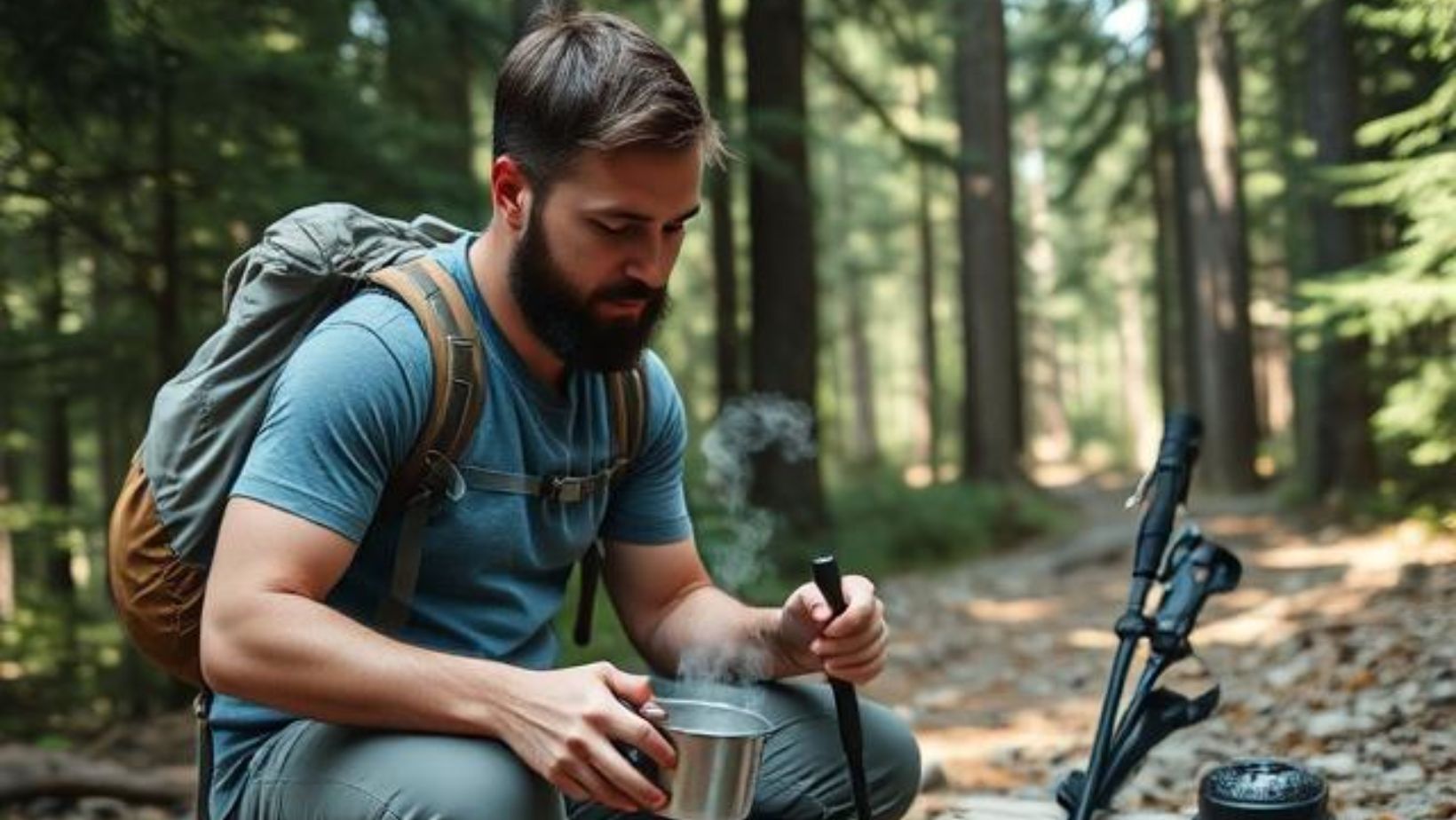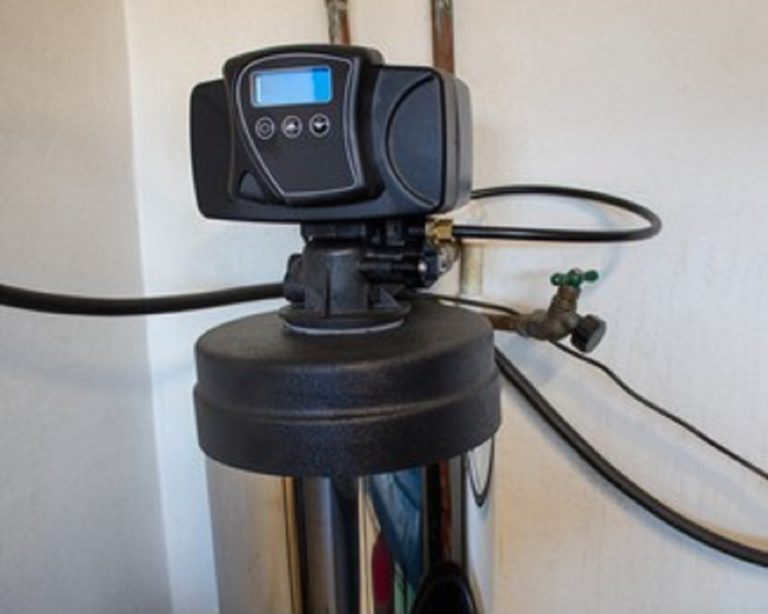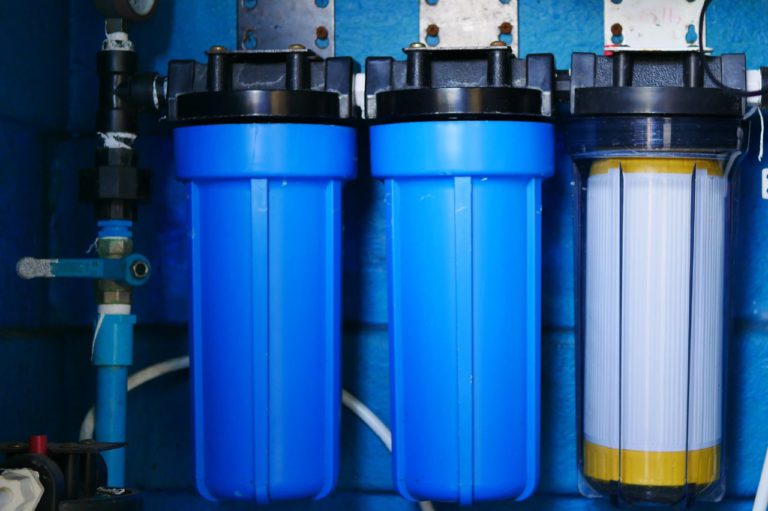Does Boiling Water Kill Everything?
Have you ever wondered if boiling water is the ultimate solution to purifying it? The idea of using boiling water as a quick fix for making water safe is a familiar one. But the question remains, Does Boiling Water Kill Everything? Let’s explore what boiling water does, its capabilities, and its limitations.
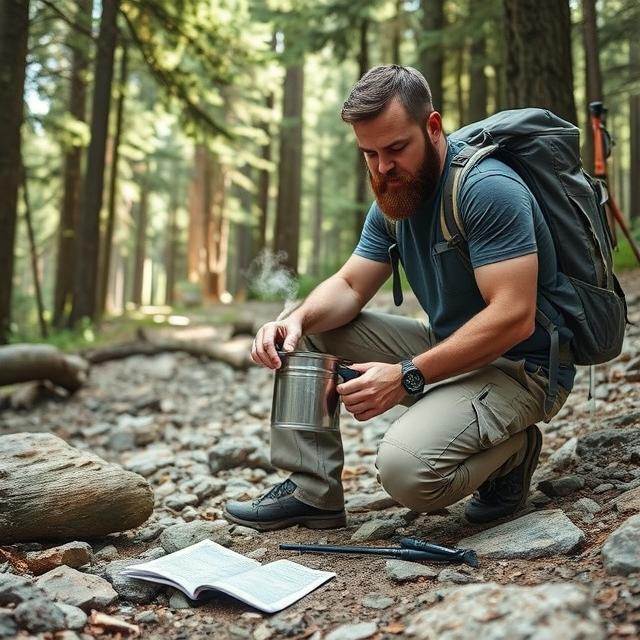
Understanding the Boiling Process
When you boil water, you are effectively increasing its temperature to a point where it transforms from a liquid to a gas. Boiling occurs at 100°C (212°F) at sea level. This process is more than just bubbles popping on the surface; it’s a chemical transformation that disrupts the structure of microorganisms.
How Boiling Affects Microorganisms
Microorganisms include bacteria, viruses, and protozoa that can all live in water. Boiling water can effectively kill many of these microorganisms, making it safer to drink. The heat from the boiling process denatures essential proteins in these organisms, making them incapable of performing necessary life functions.
However, different microorganisms can vary in their resistance to heat. Some are easily destroyed by boiling, while others are more stubborn.
Common Microorganisms and Their Resistance:
| Microorganism | Approximate Boiling Time Required | Resistance Level |
|---|---|---|
| E. coli | Less than 1 minute | Low |
| Giardia | 1-3 minutes | Moderate |
| Hepatitis A | 1-3 minutes | Moderate |
| Cryptosporidium | Up to 5 minutes | High |
While boiling is effective against many pathogens, it does have its limitations, which we’ll explore further.
Limitations of Boiling Water
Boiling water may not be the universal remedy you think it is. There are certain limitations and considerations to keep in mind.
Heat-Resistant Spores
Some bacteria can form spores, which are highly resistant to heat. These spores can survive the boiling process and potentially cause illness. Fortunately, most spores are not a threat in the water but are more common in food-related illnesses.
Chemical Pollutants and Contaminants
Boiling water is effective against biological contaminants, but it does not remove chemical pollutants like heavy metals, lead, or certain pesticides. Boiling could even concentrate these substances, making the water more hazardous.
The Science Behind Boiling and Safety
How Long Should You Boil Water?
The golden rule many follow is to boil water for at least one minute. However, factors like altitude can influence this. At higher altitudes, water boils at lower temperatures, so boiling for at least three minutes is advisable.
At What Temperature Does Water Purify?
The boiling point, 100°C (212°F), is typically enough to kill most pathogens. Still, factors like impurities and elevations can affect boiling temperatures, and thus the effectiveness of boiling.
Beyond Boiling: Safe Water Alternatives
While boiling water is a quick and effective method for many, it’s not a be-all and end-all solution, particularly for chemical contaminants.
Filtration Systems
Using advanced filtration systems can remove both biological and chemical contaminants. Options range from simple activated carbon filters to complex reverse osmosis systems, each serving different needs.
Chemical Disinfectants
Various chemical treatments, like chlorine or iodine tablets, can disinfect water without boiling. These are particularly useful when boiling isn’t feasible, such as during outdoor adventures or emergencies.
Ultraviolet (UV) Treatment
Ultraviolet purifiers use UV light to kill pathogens without affecting the taste or smell of the water. They are fast and effective but require electricity or battery power.
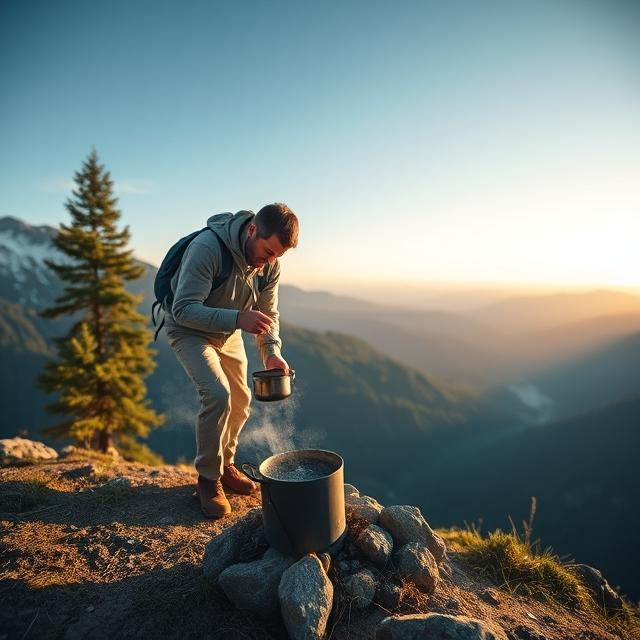
Environmental Considerations
Considering the environmental impact of boiling is also important. Boiling requires fuel, which can be resource-intensive. Alternatives like solar water disinfection offer eco-friendly solutions, using sunlight to destroy harmful microorganisms.
Practical Tips for Boiling Water
Boiling water might seem straightforward, but here are some practical tips to ensure its effectiveness.
Pre-Boiling Preparations
- Clean the Container: Ensure that the container for boiling is clean to avoid introducing new contaminants.
- Strain Out Solids: If the water is cloudy or has particles, strain it through a clean cloth or coffee filter before boiling.
Post-Boiling Practices
- Let It Cool Naturally: Allow the water to cool naturally without adding ice or other substances that may recontaminate it.
- Store Safely: Use clean, sealed containers to store boiled water to maintain its purity.
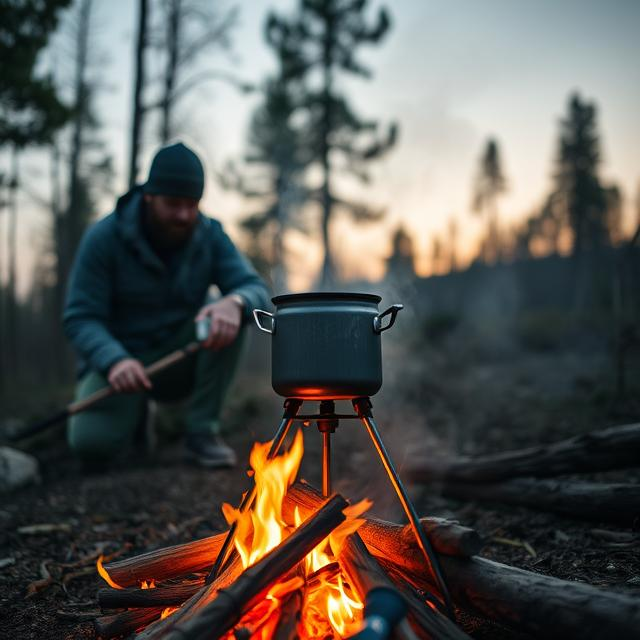
Conclusion
So, does boiling water kill everything? While it is a highly effective method for killing most pathogens and making water safer to drink, it’s not a cure-all. Factors such as heat-resistant spores and chemical pollutants require additional methods of purification. For comprehensive water safety, consider combining boiling with filtration or chemical treatments. Understanding both the strengths and limitations of boiling will help you make better decisions for water safety, ensuring that your drinking water is as safe as possible.

